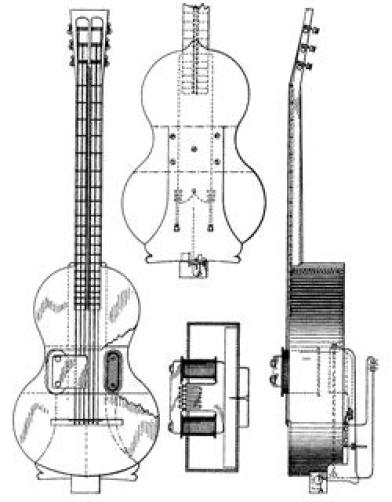The first piano ever to be carried on a passenger aircraft was created by the Julius Blüthner Pianofortefabrik for the ill-fated Hindenburg airship.
The lightweight aluminum alloy grand piano weighed only 162 kg (356 lbs). The frame, rim, fallboard, and top lid were made of duralumin, and the legs, back bracing, and lyre were made of hollow duralumin tubing.
 The piano was a prominent feature of the Hindenburg’s first flight to America in 1936, during which the pianist Franz Wagner gave several concerts for the passengers, playing works by Chopin, Liszt, Beethoven, and Brahms as well as popular music.
The piano was a prominent feature of the Hindenburg’s first flight to America in 1936, during which the pianist Franz Wagner gave several concerts for the passengers, playing works by Chopin, Liszt, Beethoven, and Brahms as well as popular music.
The instrument was not on board for the Hindenburg’s fatal flight in 1937; it was removed before the beginning of that season and put on display at the Blüthner factory, which was destroyed during an air raid in 1943.
This according to “The Hindenburg piano” by Daniel Grossman (Airships: The Hindenburg and other zeppelins 2010).
Today is the 75th anniversary of the Hindenburg disaster! Above, the piano in the lounge on board the Hindenberg; below, a tour of the Hindenburg’s “A” deck, with a few glimpses of the instrument.
Related article: The Britannic organ

















